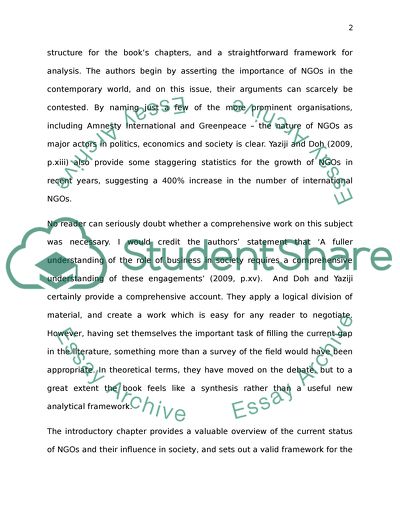Cite this document
(“NGOs and Corporations Literature review Example | Topics and Well Written Essays - 2000 words”, n.d.)
Retrieved from https://studentshare.org/gender-sexual-studies/1406787-ngos-and-corporations
Retrieved from https://studentshare.org/gender-sexual-studies/1406787-ngos-and-corporations
(NGOs and Corporations Literature Review Example | Topics and Well Written Essays - 2000 Words)
https://studentshare.org/gender-sexual-studies/1406787-ngos-and-corporations.
https://studentshare.org/gender-sexual-studies/1406787-ngos-and-corporations.
“NGOs and Corporations Literature Review Example | Topics and Well Written Essays - 2000 Words”, n.d. https://studentshare.org/gender-sexual-studies/1406787-ngos-and-corporations.


